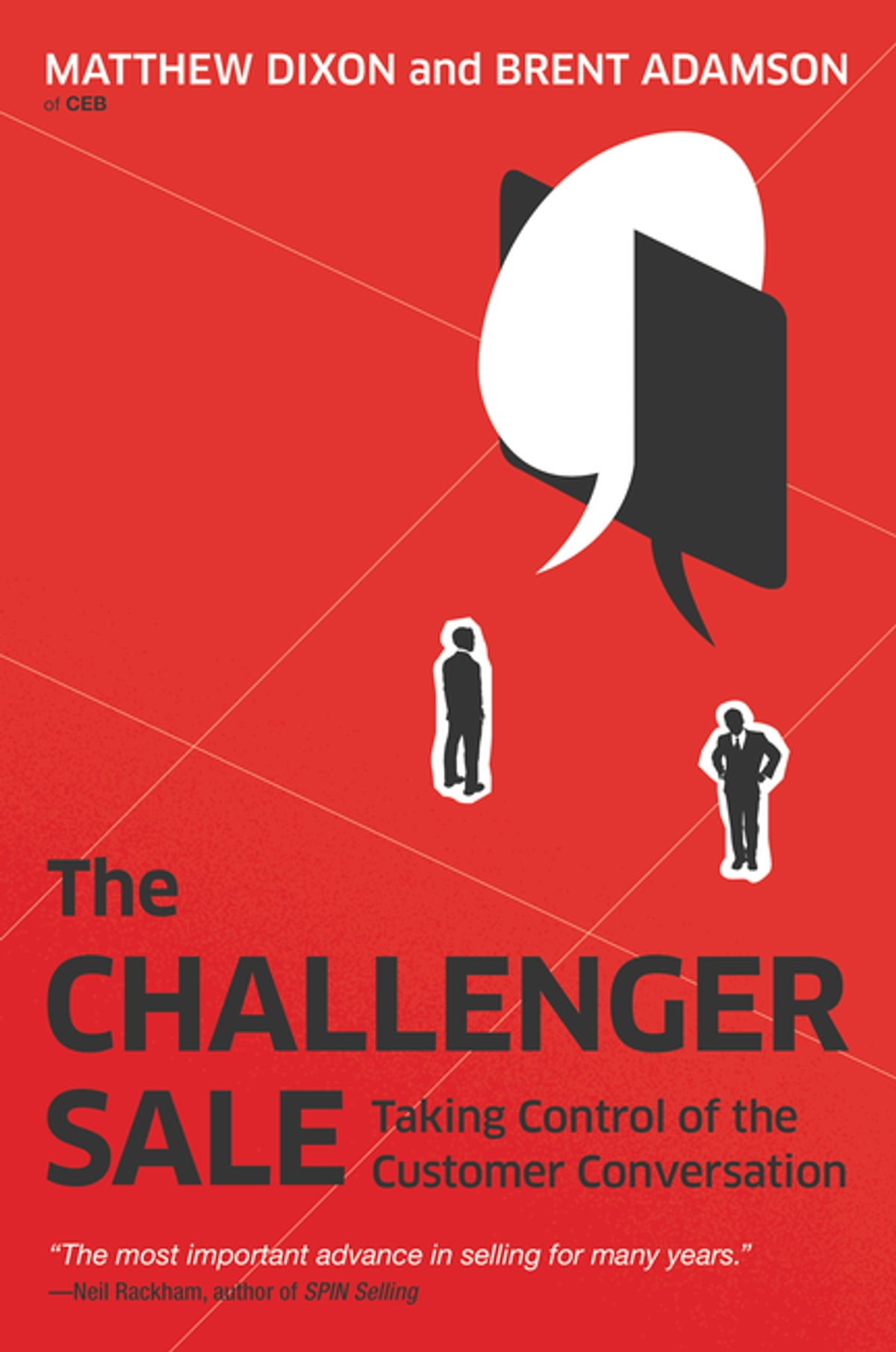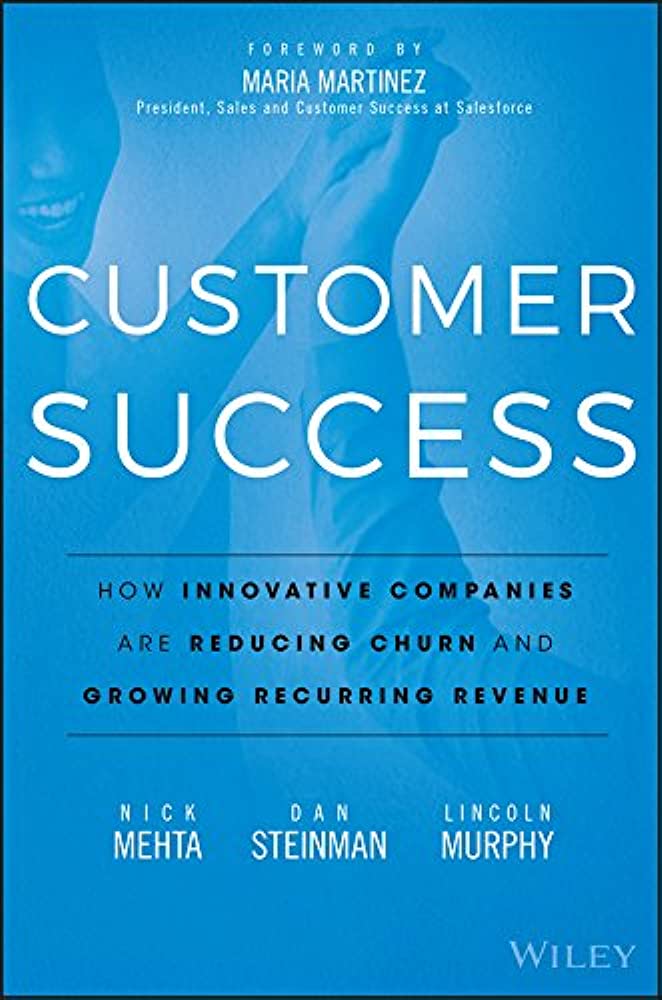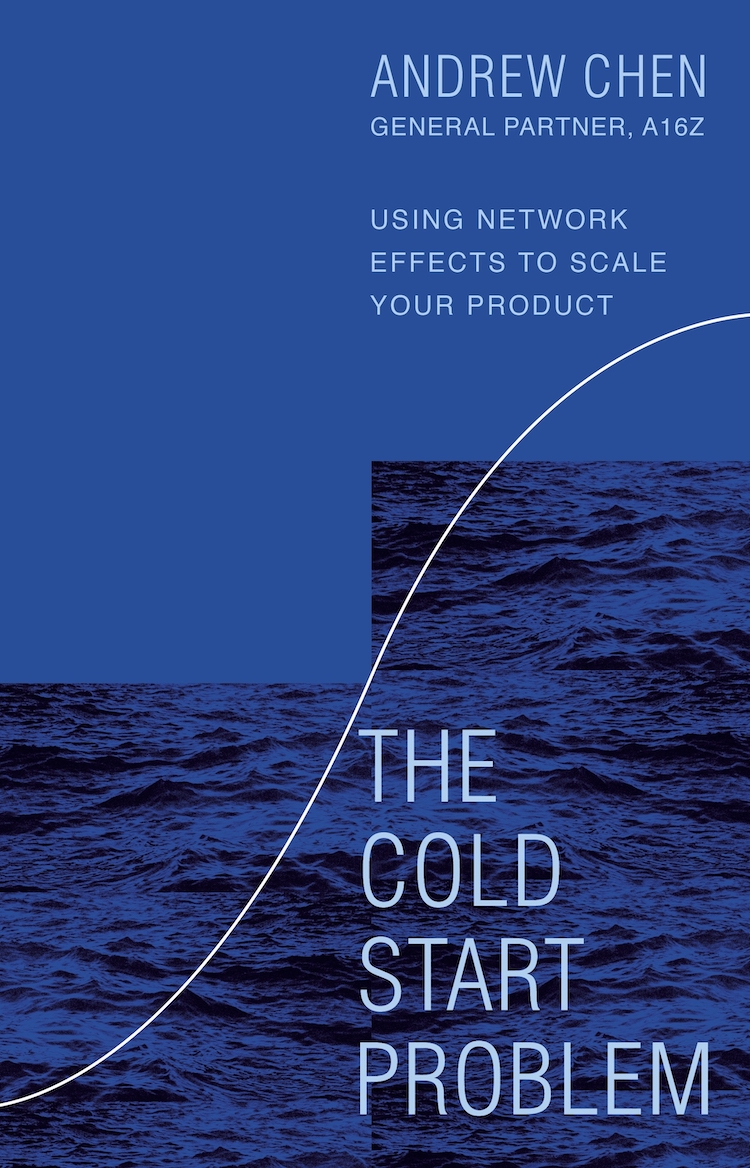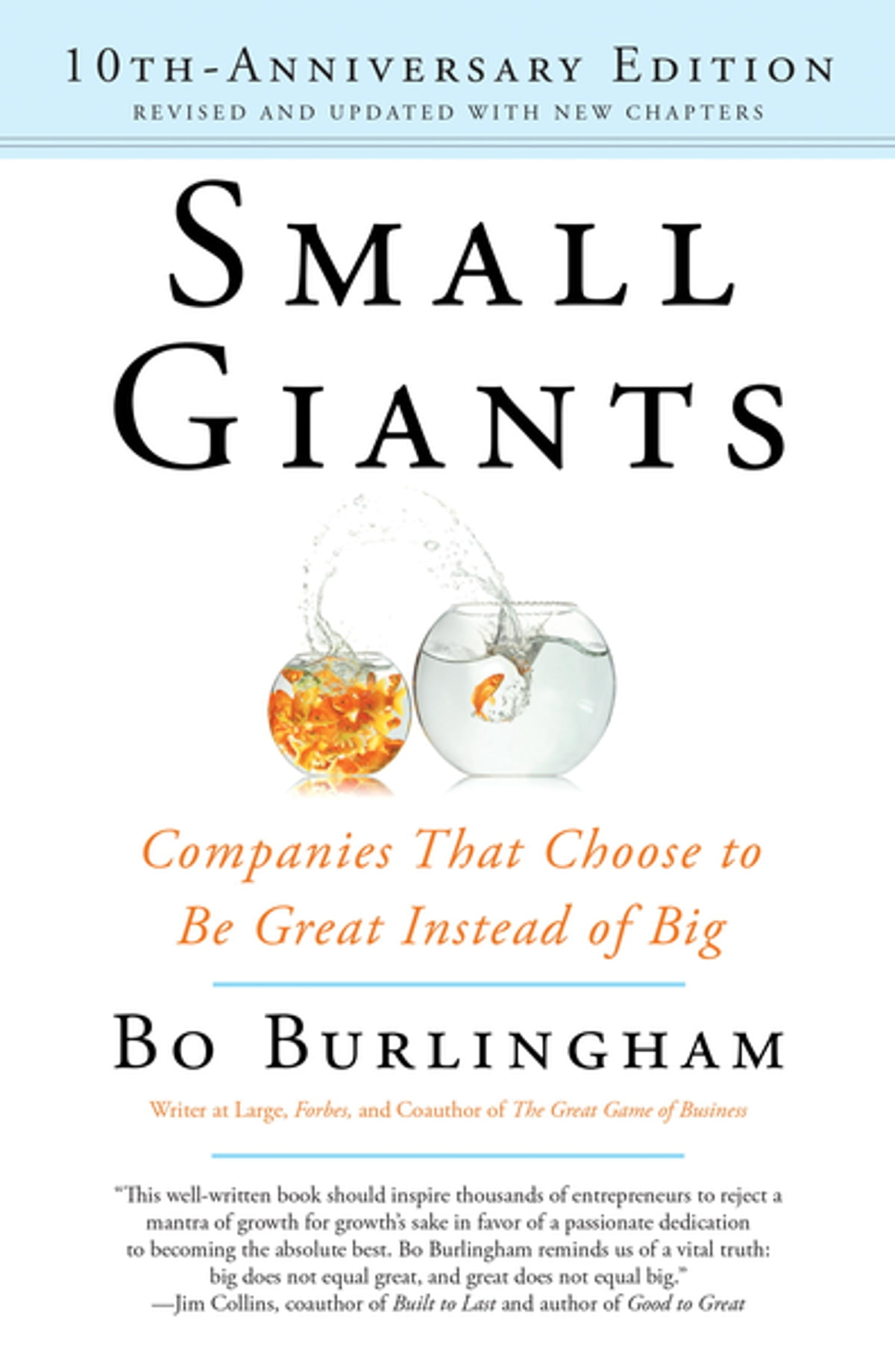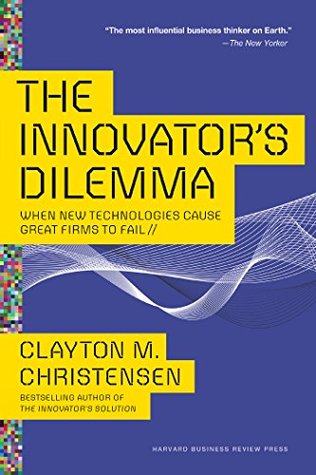Steve Jobs
by Walter Isaacson
- Business
- Ashto =
- Jonesy =
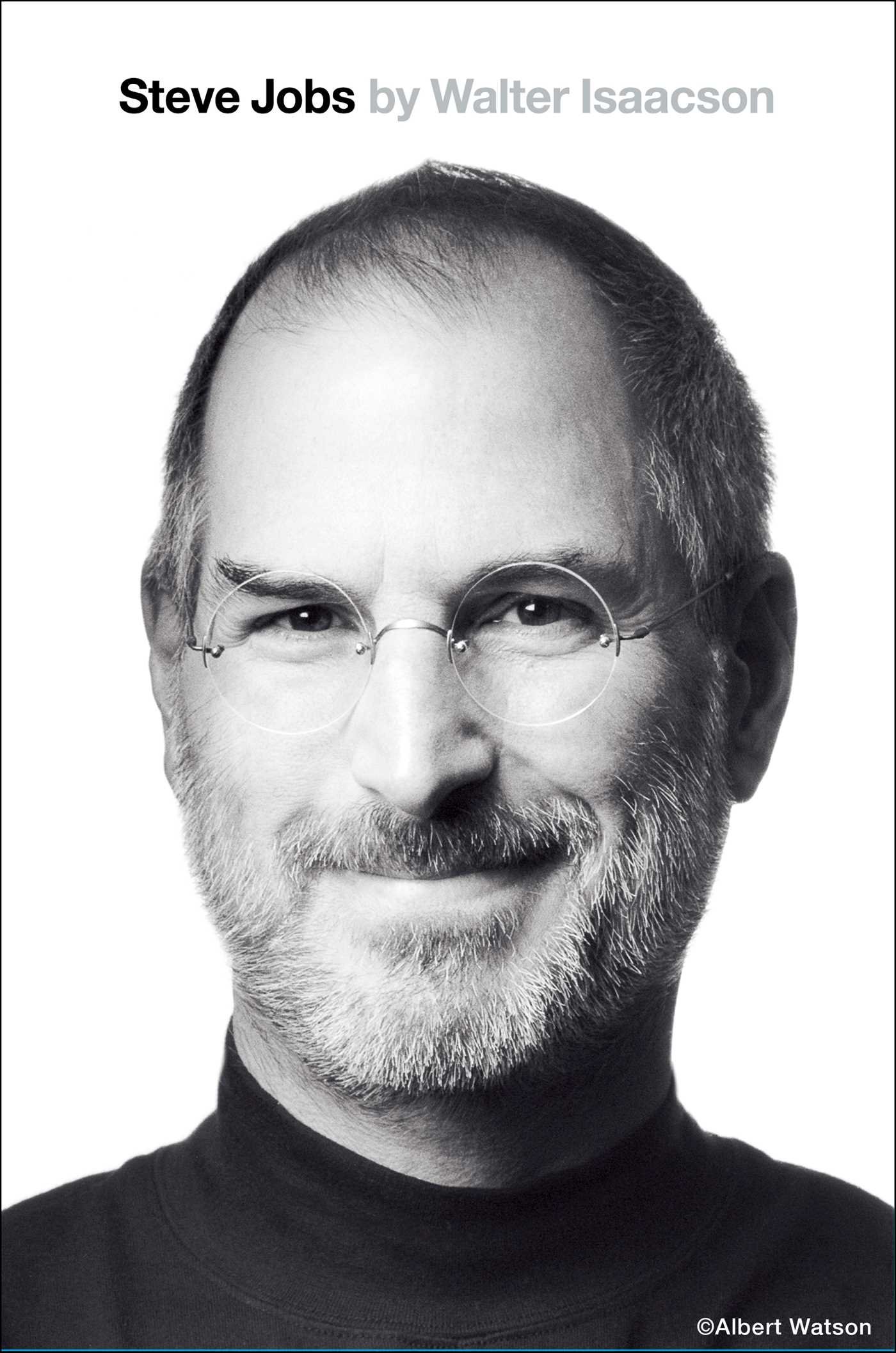
Steve Jobs is the authorized self-titled biography of Steve Jobs. The book was written at the request of Jobs by Walter Isaacson, a former executive at CNN and TIME who has written best-selling biographies of Benjamin Franklin and Albert Einstein.
The saga of Steve Jobs in Silicon Valley is the creation myth at large. Launching a startup in the parents garage and building it into one of the world’s most valuable companies. He didn’t invent everything outright, but he was a master at putting together ideas, art and technologies in ways that invented the future.
Steve Jobs Summary
“If you want to live your life in a creative way, as an artist, you have to not look back too much. You have to be willing to take whatever you’ve done and whoever you were and throw them away. The more the outside world tries to reinforce an image of you, the harder it is to continue to be an artist, which is why a lot of times, artists have to say, “Bye. I have to go. I’m going crazy and I’m getting out of here.” And they go and hibernate somewhere. Maybe later they re-emerge a little differently. (Steve Jobs)”
The saga of Steve Jobs in Silicon Valley is the creation myth at large. Launching a startup in the parents garage and building it into one of the world’s most valuable companies. He didn’t invent everything outright, but he was a master at putting together ideas, art and technologies in ways that invented the future.
Steve Jobs from an early age knew he was special. He was teased at school, the bullies said “so does this mean your real parents didn’t want you?”, but his parents had a different narrative “we specifically picked you out”. The concepts became a part of how Jobs regarded himself. Chosen. Abandoned. Special.
Even before school, Steve could already read. He was bored for the first few years so he occupied himself by getting into trouble. It came clear it was in his nature to not accept authority “I encountered authority of a different kind that I had never encountered before, and I did not like it. And they really almost got me. They came close to beating any curiosity out of me”. Jobs also quickly became bored of college, he used to complain “they are making me take all of these courses”. Jobs refused to go to classes he was assigned to, and instead he went to the ones he wanted – such as dance class, where he could enjoy creativity and meet girls. He refused to accept automatically received truths, and he wanted to examine everything himself.
He recounted in his famous Stanford Commencement address: “I had no idea what I wanted to do with my life and no idea how college was going to help me figure it out. And here I was spending all the money my parents had saved their entire life. So I decided to drop out and just trust it would work out OK”. There were all kind of movements at the time: Zen and Hinduism, meditation and yoga, primal scream and sensory deprivation. The fusion of flower power, enlightenment and technology was embodied by Steve Jobs as he meditated in the mornings and dropped in Physics classes in day, worked nights at Atari, and dreamt of starting his own business. “There’s something going on here” he said, looking back on the time in history
The first serious venture between Steve Jobs and Steve Wozniak was to build and sell printed circuit boards. Jobs sold his calculator for $500 and Jobs sold his Volkswagen bus for $1500. They now had with their own savings, $1300 in working capital, the design of a product and a plan. They had started their own computer company. In 1977 Jobs and Woz valued their company at $5307. Four years later they decided to take it public. By the end of 1980, Apple was valued at $1.79 billion. In the process it would make 300 people millionaires and at the age of 25, Jobs was worth $256 million.
The Fall
After early success, Jobs faced his first serious challenges in the business. Product sales were well below expectations, and he pursued shady products like rebranding old products as new ones, in order to make sales. The board decided to remove Jobs.
Steve Jobs, young with plenty of money in the bank started another computer company – NEXT. He built a fully automated factory. He made similar mistakes but more extensively than he did at Macintosh – the machines and robots were painted and repainted beyond excessiveness. The walls of the factory were museum white and there were $20,000 black leather chairs, and a custom made staircase. Everything had to look perfect. The product they built, the NEXT computer was crap – but they charged a single price of $6500. When the factory was primed to churn out tens of thousands a month, they turned out about 400 a month. The beautiful factory robots, nicely painted, remained mostly idle. The NEXT continued to hemorahge cash. Steve also bought 70% of Pixar for a $10 million investment. The digital animation business at Pixar – the group that made animation films was just a sideline at first. Its purpose was to show off the hardware and software of the company. At first, Jobs realised that all 3 Pixar endeavors were losing money. The hardware, software and animated content. After a failure at NEXT, he couldn’t afford another strike.
The Comeback
After Jobs was ousted, Apple coasted comfortably for a few years with a high profit margin. Apple steadily lost market share in the 90s and by 1996 they were down to 4%. Jobs said “they cared about making money – for themselves mainly but also for Apple – rather than making great products”. Windows 95 came out and dominated the market, the most successful operating system ever. Jobs strategized for Apple to buy Next Software so he could become the CEO. On December 2 1996, Jobs set foot on Apple’s headquarters for the first time in 11 years – the rest is history.
Some leaders push innovations by being good at big picture, others by mastering details. Jobs did both relentlessly. He launched a series of products over 3 decades that transformed whole industries:
- Apple 2 which took Wozniak’s board and turned it into the first personal computer
- Macintosh popularized graphical user interfaces
- Toy Story and other Pixar blockbusters, opened up the miracle of digital imagination
- Apple stores, reinvented the role of a store in defining a brand
- iPod changed the way we consume music
- iTunes saved the music industry
- iPhone, which turned mobiles into music, photo, video, email and web
- App Store, spawned a new content creation industry
- iPad, launched tablet computing
- iCloud, demoted computer from its central role in managing our content and let all of our devices sync seamlessly
- And Apple itself, which became the most valuable company in the world




